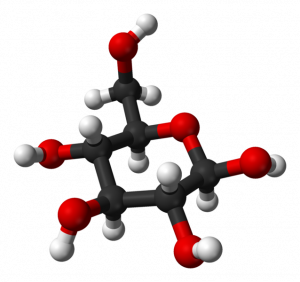C3 plants close their stomata on hot, dry days to limit water loss. Carbon dioxide enters the Calvin cycle and the first product of fixation is 3-phosphoglycerate. When stomata closed, CO2 concentration in the leafs air spaces falls, slowing down the Calvin cycle.

C4 plants opened their stomata during the day. C4 plants fix carbon dioxide into 4 carbon compounds. Co2 is first added to PEP with adis of PEP carboxylase resulting 4 carbon compound formed in mesophyll cells. These compounds are able to transport through bundle-sheath cells. Compounds are broken down to release CO2, which initiate the Calvin cycle.
The CAM plants open their stomata during the night. In doing so, they reverse the performance of regular plants. The light reactions are conducted during the night while the Calvin cycle occurred during the day. These plants are commonly cactus. In the desert, it would be beneficial because the day time is usually really hot and these plants would conserve water during the day.





